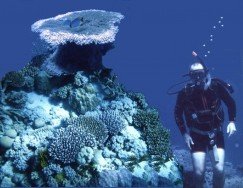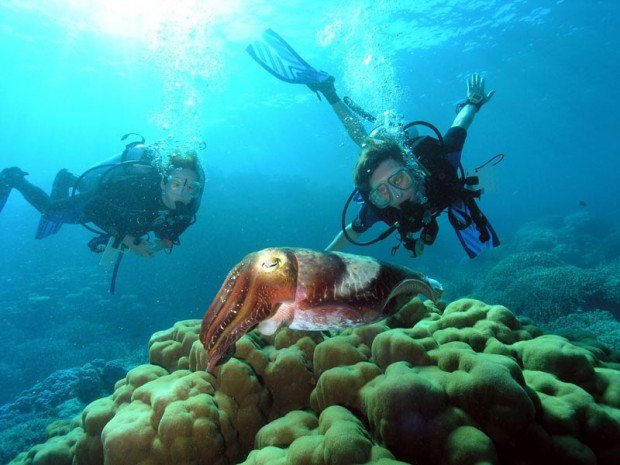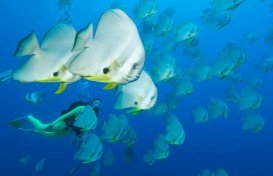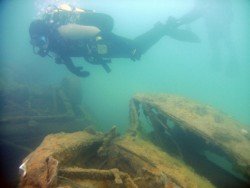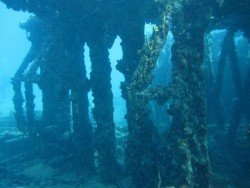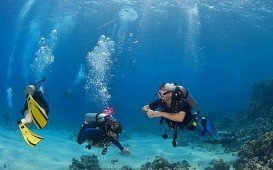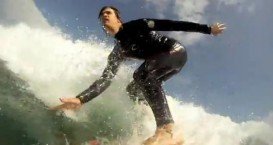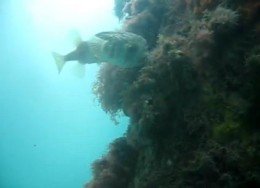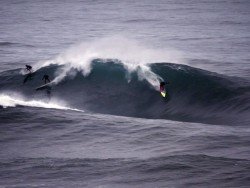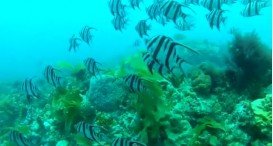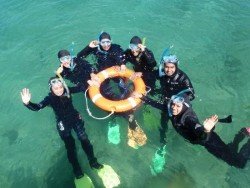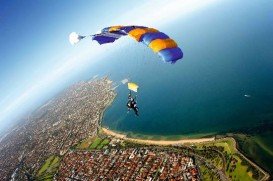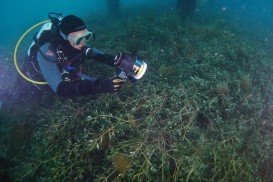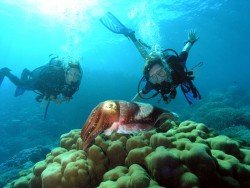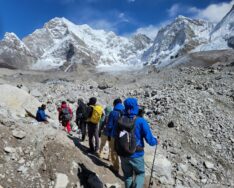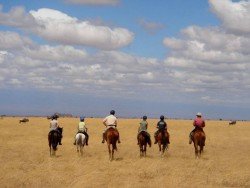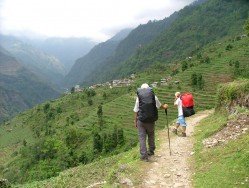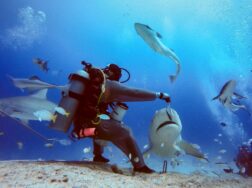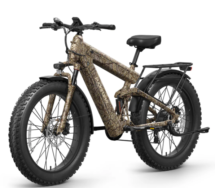Victoria is the second-smallest state of Australia. It borders with New South Wales to the north and Tasman Sea to the east. The unique combination of spectacular coastline, pristine beaches, numerous national parks, dense forests and mountains attract visitors all year long and offer a plethora of activities to sport lovers.
Mornington Peninsula lies to the southeast of Melbourne, Victoria’s capital city. It is surrounded by Western Port to the east and Port Phillips to the west. There is a vast number of great surf sites and a plethora of excellent dive spots all along this section. Frankston Reef is a very popular dive site close to Frankston Pier. The average depth here is at 4 m/13.1 ft and the maximum is at 6 m/19.7 ft. Visibility is medium and varies from 5 m/16.4 ft to 10 m/32.8 ft.
Water temperature is up to 19°C/66.2°F in summer and early autumn months and between 15°C/59°F in winter. In addition, the spot is suitable for beginners and advanced divers alike. Frankston Reef is home to a variety of fish including blue devil fish, weedy sea dragons, leather-jackets, wrasse and yellow-tail scad, to name just a few. In conclusion, if you find yourself in Frankston during Christmas, do not miss an annual Christmas event which called ”The Christmas Festival of Lights”.
